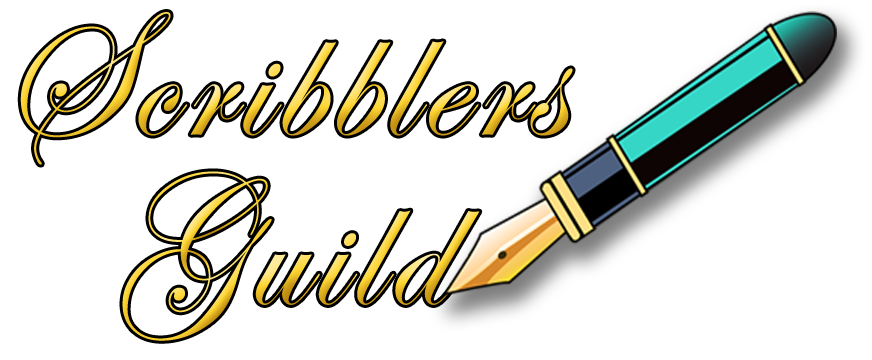Theme Rules Everything

Figuring out the theme of your memoir can feel like catching a greased piglet, partly because of the confusing variety of terminology that refers to themes in storytelling. It might help to explain the difference between several different terms that are used to describe this notoriously difficult-to-grasp subject:
• Thematic Premise — Your plot. Some human quality, activity or character trait leads (or does not lead) to a particular inevitable conclusion. Based on core values and beliefs, the premise can be expressed as an “elevator pitch” that includes character, the basic story idea and what’s at stake.
• Thematic Statement — Your message. A thematic statement is a simple, powerful message a writer is trying to convey in their work. It is specific and contains the author’s value judgement or opinion.
• Thematic Argument — Your conflict. Also called the Thematic Conflict, the Thematic Argument illustrates the theme through an ideological conflict between two diametrically opposed values, qualities, ideas, or beliefs.
• Theme — Your thesis. The theme is the controlling idea upon which the story is based. Sometimes confused with the Thematic Statement, themes are more general and may be explored from a number of angles. The various ramifications of theme are often expressed through different character points of view and are an effective way to get the thematic statement across by showing all sides of the thematic argument.
• Thematic Conclusion — Your moral. This is the value judgement underpinning the Thematic Statement. Based on universal human truths, it is a core value. The two aspects of the Thematic Conclusion are Judgement and Success/Failure.

One of the biggest problems writers face when constructing a story is how to incorporate a theme. This is especially true in memoir, which is a dramatic retelling of true events. Even when you know what the theme might be, or at least if you have some vague idea of the larger message that the story’s plot is trying to illustrate, it’s hard to know how to do that without being heavy-handed or obvious. You don’t want to hit the reader over the head — “and the moral of the story is…” You want to lead them to the “right” conclusion, through their emotional connection to your character.
This problem is compounded by the fact that themes tend to be amorphous and hard to grasp. Themes are conceptual arguments between two opposing ideas. They’re about abstract beliefs and values that don’t usually have clear-cut edges. Unlike polar opposites such as good vs. evil, or black vs. white, they tend to be ill-defined because the values on which they’re based comprise a whole spectrum of greys, even though we like to think of them as absolutes and build entire belief systems on this polarity.
But we have to remember, nothing is ever all bad or all good. Even when you, the author, lean towards one interpretation of a theme, such as choosing to break the law when the law itself is wrong, your reader may well believe the opposite. You’re not going to convince him otherwise unless you show him the shades of grey and give him some deeply emotional reasons to change his view.
In real situations, moral choices are not always easy. Choosing between theft and starvation, or self-interest and sacrifice are often tempered by context. As the saying goes, “Circumstances alter cases,” so we need to show the reader the entirety of the grey spectrum by making a case for our own view.

But we can’t do this by beating the reader about the head and shoulders with only one side of the argument. We do it by showing the reader both sides and letting him make his own decision, based on our story’s circumstances. When one side of the argument edges out the other through rational choices and emotional responses, the author’s message becomes clear.
How to Persuade Readers
• Determine, as closely as possible, the theme of your story, based on opposites. Here is a link to a partial list of some Thematic Ideas. Make certain the controlling idea has room for several points of view.
• First, determine the two sides of the Thematic Argument. They should be the most extreme views — polar opposites.
– Make a preliminary case for both sides, as if you were on a debating team arguing both sides of a law case.
– Possible outcomes for the main and secondary characters based on their individual choices either way.
• Create a complete pros and cons list of argument points, preferences, avoidances, outcomes, stakes.
• Based on the “goodness” or “badness” of each argument point, assign each point a number from -5 to +5. This may vary depending on each character’s opinions and beliefs — one character may think that self-interest for example, is a +5, where another may think it’s a -3, depending on their own moral compass, so you could do this exercise for each major and secondary character.
• Over the course of your story, you then average out the good and bad aspects so they reach the thematic conclusion you want the reader to accept.
By using this scale to determine the relative goodness or badness of the thematic argument points, you can better decide where each point should appear in your story’s plot for the most impact, as well as which character should best exemplify that viewpoint.
Two Conclusions, Four Scenarios
The two aspects of the Thematic Conclusion are Judgement and Success/Failure, and there are four main conclusion scenarios.

1. The happy ending: Your character could win everything and be ridiculously happy.
2. The tragedy: He could lose it all and go down to defeat.
3. The personal tragedy: He may gain the world but lose his soul.
4. The personal triumph: He may lose what he wanted but gain happiness.
Often, the most effective story endings are the ones in which the Thematic Argument is concluded with contrasting results. Much of life is a compromise.
Depending on the main message behind your thematic statement, the last two may be more satisfactory conclusions for your reader, because they mirror real life more closely. Your character might lose what he thought he wanted, which could be construed as defeat or failure, but in the process, he finds a more compatible or valuable way of life, which ultimately can be judged as the more satisfactory outcome.
And when your story weaves together several different thematic ideas, planning them out this way can save you many hours of rewriting because you’ll know in advance exactly the conclusions you want your reader to reach. By using emotional arguments and empathetic characters, you can take him by the hand and gently lead him to the heart of your message without proselytizing, and he’ll feel that he’s reached his own conclusions and be more ready to accept and internalize this new truth.
Happy Writing!
Beverley Hanna
Trained as an artist in the late 1960’s and early 1970’s, I was one of the first creatives to be employed in the computer graphics industry in Toronto during the early 1980’s. For several years, I exhibited my animal portraiture in Canada and the U.S. but when my parents needed care, I began writing as a way to stay close to them. I’ve been writing ever since. I run a highly successful local writer’s circle, teaching the craft and techniques of good writing. Many of my students have gone on to publish works of their own. I create courses aimed at seniors who wish to write memoirs, with a focus on the psychology of creatives and the alleviation of procrastination and writer's block.

2 Comments
Steve
This is great. You give a super-comprehensive overview of theme, including specific applications. “You don’t want to hit the reader over the head — ‘and the moral of the story is…'”– what a great point. Thanks for the instruction!
Beverley Hanna
You’re welcome, Steve. Theme can be a tricky thing to nail down. Glad I could help.